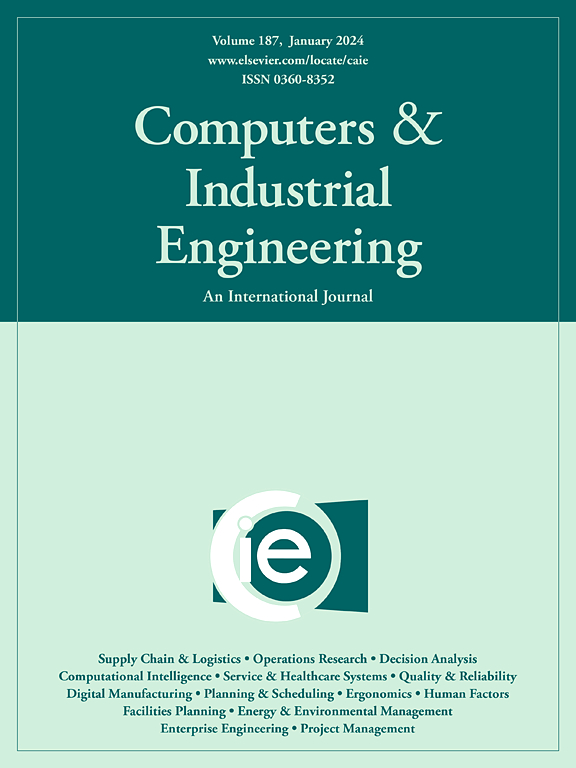Multi-level task network scheduling and electricity supply collaborative optimization under time-of-use electricity pricing
IF 6.7
1区 工程技术
Q1 COMPUTER SCIENCE, INTERDISCIPLINARY APPLICATIONS
引用次数: 0
Abstract
This paper examines intricate Multi-level Task Network Scheduling and Electricity Supply Collaborative Optimization (MTNS & ESCO) in the context of time-of-use electricity pricing. It investigates three distinct models aimed at minimizing completion time and energy costs, accommodating multi-level task networks, inter-level constraints, and task precedence. Model I addresses collaborative planning for production task scheduling and electricity supply under time-of-use pricing. Model II integrates Distributed Energy Resources (DERs) and Energy Storage Systems (ESS) to mitigate conflicts between normal production and high electricity costs during peak periods, building upon Model I. Model III extends this by incorporating feedback to the main grid, maximizing DERs’ power generation potential while reducing costs. To tackle these models, the paper proposes a hybrid algorithm merging Particle Swarm Optimization (PSO) with Tabu Search. This algorithm is customized for the problem’s complexities, employing tailored strategies for encoding, decoding, workstation selection, particle updating, and Tabu Search. The study offers theoretical insights beneficial for equipment manufacturing enterprises seeking to implement distributed energy systems and optimize production and energy management under time-of-use electricity pricing policies. Numerical experiments based on real cases show the performance of our method on reducing the energy consumptions and manufacturing cost.
求助全文
约1分钟内获得全文
求助全文
来源期刊

Computers & Industrial Engineering
工程技术-工程:工业
CiteScore
12.70
自引率
12.70%
发文量
794
审稿时长
10.6 months
期刊介绍:
Computers & Industrial Engineering (CAIE) is dedicated to researchers, educators, and practitioners in industrial engineering and related fields. Pioneering the integration of computers in research, education, and practice, industrial engineering has evolved to make computers and electronic communication integral to its domain. CAIE publishes original contributions focusing on the development of novel computerized methodologies to address industrial engineering problems. It also highlights the applications of these methodologies to issues within the broader industrial engineering and associated communities. The journal actively encourages submissions that push the boundaries of fundamental theories and concepts in industrial engineering techniques.
 求助内容:
求助内容: 应助结果提醒方式:
应助结果提醒方式:


